Examples of Wind Energy – Wind energy or wind power harnesses the wind to produce mechanical power through wind turbines and then turns it into electricity using electric generators. Wind power is a widespread sustainable, renewable source of power that has much smaller adverse effects on the environment in comparison to fossil fuels.
Linquip has everything you need to know about wind energy equipment, whether you are looking for a solution or an application. You can reach us at Linquip if you have any questions regarding wind energy. Start learning about wind energy by visiting Linquip and exploring the article “What Is Wind Energy?“.
What kind of wind energy equipment do you require? You can see a wide range of Wind Energy Products here at Linquip for free. Would you like to buy any of these products? Linquip provides free access to all of the available Wind Energy Devices for Sale. Linquip also offers you the opportunity to send inquiries to all Wind Energy Suppliers and Companies and receive quotations for free if you are looking for wind energy equipment or device prices.
Wind power grants a vast expansion in funding and local employment. It’s a cost-effective, clean fuel source, sustainable, domestic source of energy, and can be employed locally, far away from the national power grid. For more information about wind energy, visit this post.
When mechanical energy is produced by harnessing wind energy in a unit, it may be termed a windmill, wind charger, or wind pump. Wind energy can be utilized for anything from battery charging, power on boats, or electricity to being adopted commercially.
Here, we are going to discuss some significant examples of wind energy based on the application in which wind is harnessed by one of the mentioned units. But before that, let’s take a look at some information about wind energy power.

History of Wind Energy
Wind power has been employed as long as humans have put sails into the wind. King Hammurabi’s Codex (1792 – 1750 BC) already introduced windmills for producing mechanical energy. Wind-powered machines applied to pump water and grind grain; the windpump and windmill were grown in the middle east by the 9th century. Wind power was publicly usable and not limited to the banks of fast-flowing currents, or later, demanding fuel sources. Wind-powered pumps drained the Netherlands’ polders, and in dry regions such as the Australian outback or the American mid-west or, wind pumps provided water for steam engines and livestock.
The leading windmill utilized for electric power production was established in Scotland in July 1887 by Prof James Blyth of Anderson’s College, Glasgow (Strathclyde University’s precursor). Blyth’s 10 meters high, the cloth-sailed wind turbine was placed in the backyard of his holiday cottage at Marykirk in Kincardineshire and was applied to charge accumulators generated by the Frenchman Camille Alphonse Faure to power the lighting, thus making it the primary house in the world to have its electric power provided by wind power. Blyth suggested the excess electric power to the people of Marykirk for lighting the central street; nevertheless, they rejected the offer as they believed electric power was “the work of the devil.” Although he next built a wind turbine to provide emergency power to the Infirmary, local Lunatic Asylum, and Dispensary of Montrose, the invention never actually caught on as the technology was not supposed to be economically viable.
Across the Atlantic, in Cleveland, Ohio, a more extensive and massively engineered machine was invented and assembled in the winter of 1887–1888 by Charles F. Brush. This was developed by his engineering company at his house and worked from 1886 until 1900. The Brush wind turbine owned a rotor 17 meters in diameter and was installed on an 18 meters tower. By today’s criteria, the machine was only estimated in the range of 12 kW. The joined dynamo was employed either to energize a bank of batteries or to operate up to 100 light bulbs, different motors in Brush’s laboratory, and three arc lamps.
With electric power development, wind power discovered innovative applications in lighting buildings far from centrally generated power. During the 20th century, parallel paths generated small wind stations proper for farms or houses. The 1973 oil crisis triggered research in the United States and Denmark directed to more extensive utility-scale wind dynamos that could be connected to electric power grids for distant use of power. By 2008, the U.S. established capacity had reached 25.4 gigawatts, and by 2012 the established capacity was 60 gigawatts. Today, wind-powered generators work in every size range between small stations for battery charging at remote homes up to near-gigawatt-sized offshore wind farms that produce electric power to national electrical networks.

Wind Energy Technology
Wind turbines can operate on their own or be joined to solar cells or the power grid. Wind turbines are produced with either a horizontal or a vertical axis.
- Horizontal-axis turbines: They are the most prevalent type of wind turbine. They regularly have three large, thin blades. Some units have just two blades. They are very comparable in appearance to an airplane propeller.

- Vertical-axis turbines: They are typically a newer technology than their horizontal-axis equivalents. Their blades are smaller and wider. They are not like airplane propellers; instead, their shape matches the electric mixer beaters.

Learn even more about wind technology by investigating the efficiency of wind turbines. Moreover, expand your expertise by learning the pros and cons of wind energy, which will be discussed in the following.
Advantages of Wind Energy
There are several advantages regarding the employment of wind energy, which are described below.
Wind Power is Economical
The land-based utility-scale wind is one of the cheapest available energy sources today, costing one to two cents per kilowatt-hour following the production tax credit. Because the electricity from wind farms is traded at a determined price over a long time (usually more than 20 years) and its fuel (wind) is free, wind energy alleviates the price uncertainty that fuel costs add to conventional energy sources.
It’s a Clean Fuel Source
Wind energy does not contaminate the air like fossil fuels, such as natural gas, coal, or oil, which release particulate elements, sulfur dioxide, and nitrogen oxides, creating human health issues and economic disasters. Wind turbines don’t create atmospheric emissions that let acid rain, greenhouse gases, or smog.
Wind Energy Offers Employment
The U.S. wind sector hires more than 100,000 workers, and wind turbine technician is one of the fastest-growing American jobs. According to the Wind Vision Report, the wind can support more than 600,000 positions in installation, maintenance, manufacturing, and supporting services by 2050.
It’s Sustainable
The wind is truly a form of solar energy. The heating of the atmosphere by the sun, the Earth’s rotation, and the Earth’s surface irregularities cause winds. For as long as the sun illuminates and the wind flows, the energy generated can be harnessed to transmit power across the grid.
Wind Turbines Can Be Constructed on Existing Farms
This exceedingly profits the economy in rural areas, where most of the best wind sites are located. Farmers and ranchers can proceed to work the land since the wind turbines employ only a portion of the land. Wind power plant proprietors make rent payments to the farmer or rancher to use the land, giving landowners additional income.
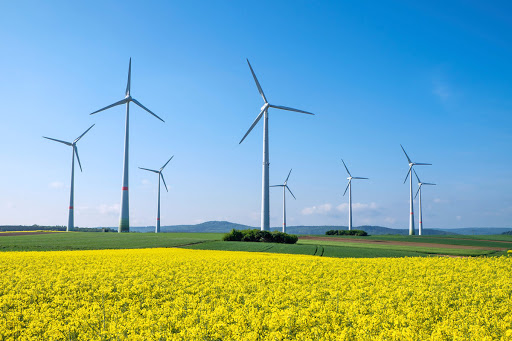
Challenges of Wind Energy
Despite the numerous advantages of using wind energy, there are still several issues that should be addressed here.
Wind Power Must Still Struggle with Traditional Sources of Energy on a Cost Basis
Though the cost of wind power has declined dramatically in the past several decades, wind projects must be capable of battling economically with the lowest-cost source of electricity, and some areas may not be windy enough to have attractive costs.
Wind Resource Progress Might Not Be the Most Effective Use of The Land
Land fitting for wind-turbine establishments must face alternative applications for the land, which might be more profoundly valued than electricity production by wind energy, such as agriculture and installing solar panels.
Great Land-Based Wind Sites Are Frequently Discovered in Remote Locations
Transmission lines must be constructed to transport the electricity from the wind farm to the town. Though, building just a few already-proposed transmission lines could significantly diminish the costs of developing wind energy.
Turbines Might Produce Aesthetic and Noise Pollution
Although wind power plants have comparatively little influence on the environment than traditional power plants, concern still exists over the noise created by the turbine blades and visual impressions on the panorama.
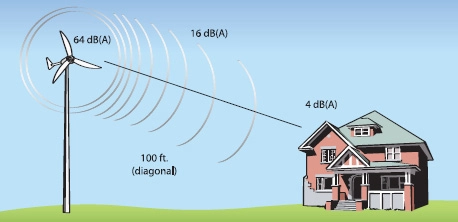
Wind Plants Can Affect Regional Wildlife
Birds have been destroyed by flying into spinning turbine blades. Most of these issues have been settled or significantly diminished through technology development or by suitably sitting wind farms. Turbine blades have also destroyed bats, and investigation is continuing to evolve and develop solutions to overcome the impact of wind turbines on these species. Like all energy sources, wind projects can change the habitat on which they are established, which may change the appropriateness of that habitat for specific species.

Examples of Wind Energy
There are various examples of how wind energy can be employed, which some of them are now almost vanished and are somehow historical:
- Generating electricity
- Pumping water
- Milling grain
- Reducing carbon footprint
- Powering cargo ships
- Sailing
- Windsurfing
- Kite surfing
- Kiteboarding
- Land surfing
Wind Farms for Electricity Generation
A wind farm is a collection of wind turbines in the same area used to produce electric power. A massive wind farm may consist of numerous individual wind turbines spread over a widespread area. Wind turbines utilize around 0.3 hectares of land per MW, but the land between the turbines may be employed for farming or other purposes. For instance, Gansu Wind Farm, the most massive wind farm globally, has several thousand wind turbines. A wind farm may also be placed offshore.
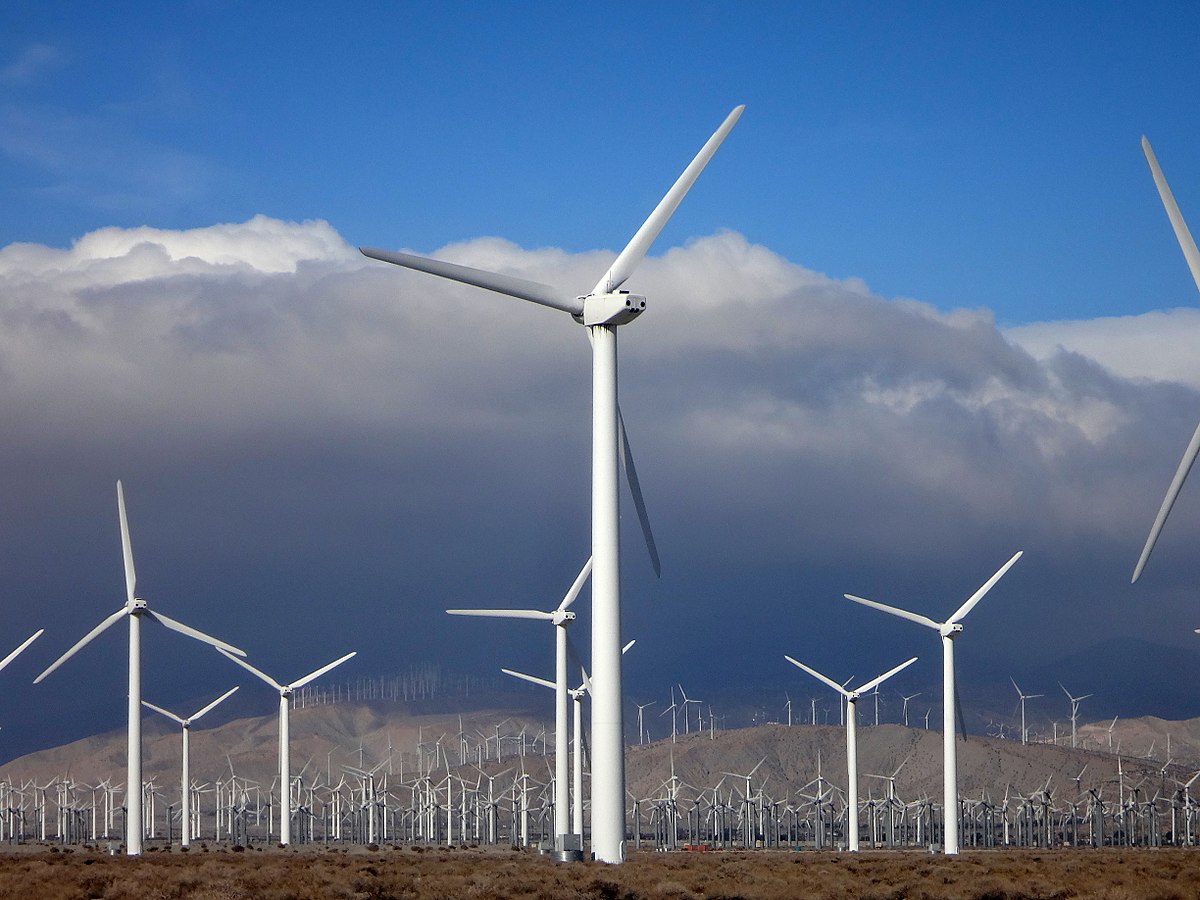
Almost all huge wind turbines have the same design, consisting of a horizontal axis wind turbine possessing an upwind rotor with three blades connected to a nacelle on top of a tall tubular tower.
In a wind farm, single turbines are interconnected with an average voltage (regularly 34.5 kV) power collection system and connections network. In common, a distance of 7D (7 times the rotor diameter of the wind turbine) is placed between each turbine in a fully extended wind farm. This medium-voltage electric current is amplified in voltage with a transformer for attachment to the high voltage electric power transmission system at a substation.
Wind farms are extents of open land that often see very powerful winds. These open stretches of land are often abandoned by people, making them ideal for the giant turbines on top of several high towers. As the wind rotates the blades of the dozens or hundreds of turbines, electricity is produced and joined into the power grid. Wind farms have been reprimanded for the heavy noise they make and for threatening bird populations. However, they have been praised as a clean energy source that still permits the land around the turbines to be utilized for things like animal grazing and crop production.
Offshore Wind Power
Offshore wind power points to the installation of wind farms in vast bodies of water to produce electric power. These installations can employ the more frequent and powerful winds that are accessible in these areas and have a less aesthetic impression on the scenery than land-based plants. However, it should be noted that the construction and maintenance expenses are significantly higher than land-based wind farms.
Siemens and Vestas are the foremost turbine suppliers for offshore wind power. Orsted, Vattenfall, and E.ON are the best offshore companies. As of 2010, 3.16 GW of offshore wind power capacity was operational, largely in Northern Europe. By the end of 2020, the total capacity of worldwide offshore wind power was 35.3 gigawatt (GW). The United Kingdom with 29%, China with 28%, and Germany with 22% account for more than 75% of the global established capacity. The UK’s finances in offshore wind power have occurred in an accelerated decrease in coal usage between 2012 and 2017 and a drop in natural gas use in 2017.
The price of offshore wind power has historically been higher than onshore wind farms, but costs have been shrinking quickly in recent years to $78/MWh in 2019. In Europe, offshore wind power has been price-competitive with traditional power sources since 2017. Offshore power generation from wind technology developed at over 30 percent per year in the 2010s. As of 2020, offshore wind power has grown a significant part of northern Europe’s power production, though it is still less than 1 percent of overall electricity generation globally.

Transportation
Although it’s not reasonably as significant as it was even 200 years ago, wind-based shipping on bodies of water is still a practicable method of going from place to place, particularly for vacation. But scientists and engineers have been exploring various vehicles that utilize wind energy-based sail technology, including personal vehicles and cars, roller skates, and skateboards.
Home Energy Solutions
Wind turbine technology has converted cheap and compelling enough that series retail stores sell home turbine kits at affordable prices. These turbines produce electricity in much the same way that home solar power dynamos are prepared for residential use.
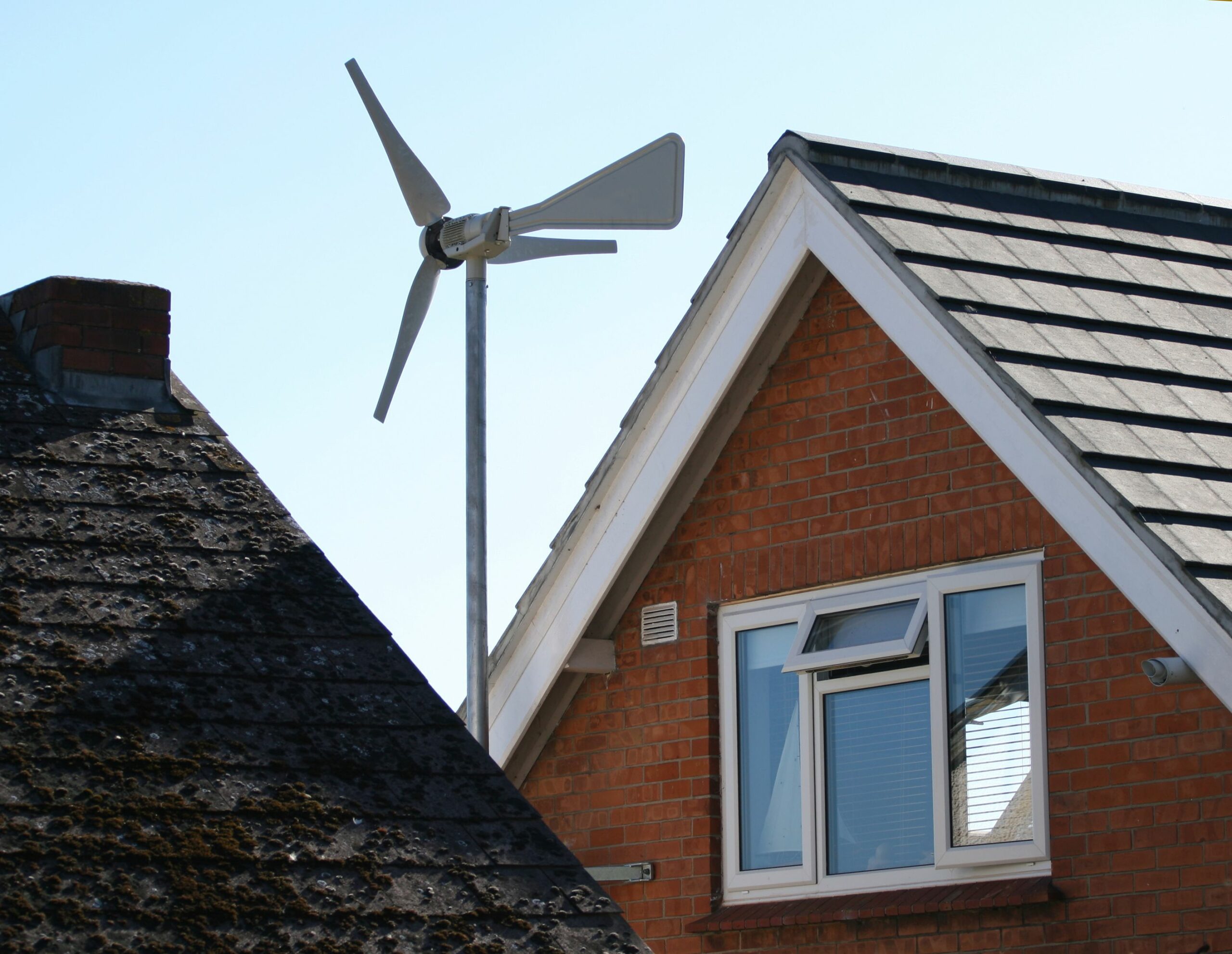
Suppose you have sufficient wind resources in your area, and the location is right. In that case, small wind electric systems are among the most affordable home-based renewable energy systems with zero emissions and negligible pollution.
Small wind electric systems can:
- Reduce your electricity bills by 50%–90%
- Help uninterruptible power supplies ride during increased utility interruptions.
- Assist you in avoiding the high costs of having utility power lines reached a remote location.
Small wind electric systems can also be employed for various other applications, such as water pumping on farms.
An electric wind system is made up of a wind turbine installed on a tower to provide better access to more powerful winds. In addition to the tower and turbine, small wind electric systems also need balance-of-system elements.
Some Examples of Famous Wind Energy Sites
Wind energy is frequently produced on wind farms. Some wind farms are onshore and some are offshore, which were described before. Here, we are providing some examples of the highest-capacity wind plants worldwide.
- The Gansu Wind Farm, which is currently being built in China, is a massive onshore wind farm built in the desert near the Jiuquan province, with a planned capacity of 20 gigawatts.
- Muppandal Wind Park is the biggest onshore wind farm installed in India, with a capacity of 1,500 MW electricity generation.
- Jaisalmer Wind Park is the second-largest onshore wind plant in India, producing 1,064 MW of electricity since 2012.
- Walney Extension is the most extensive offshore wind farm worldwide. It is placed in the Irish Sea off the coast of Cumbria, England, generating 659 MW of power, which is sufficient to power 600,000 homes.
- Kenya’s Lake Turkana Wind Power Project (LTWPP) features 365 turbines between two mountain systems. Each turbine has an 850-kW capacity. Solid and steady winds that are anticipated make this an excellent location to produce wind energy.
- New Hampshire is the world’s first wind farm, which is established on the state’s Crotched Mountain. The facility was planted with 200 wind turbines and a total producing capacity of 600 kW.
The Mojave Wind Farm is the world’s second-largest onshore wind energy project. It has 600 turbines with huge additional development planned. This plant currently has a 1,550 MW capacity, which is expected to expand to up to 3,000 MW.
Conclusion
This post described some essential information on wind energy, including the basic principle, history, advantages, and challenges and some examples on applications and some famous wind farms worldwide. This article helps you identify the progress and development of wind energy and the future plans to extend this energy usage. To explore more about wind energy, watch this nice video.
Download Examples of Wind Energy PDF
This article is available for download as a PDF file so you can refer to it whenever you need to.
Buy Equipment or Ask for a Service
By using Linquip RFQ Service, you can expect to receive quotations from various suppliers across multiple industries and regions.
Click Here to Request a Quotation From Suppliers and Service Providers
Read More on Linquip
- Is Wind Energy Renewable or Nonrenewable?
- Efficiency of Wind Turbines
- What are Floating Wind Turbines?
- Beginner’s Guide To The Difference Between Solar Energy And Wind Energy
- Can Renewable Energies Solve the Grave Problem of Climate Change?
- What are the Negative Aspects of Renewable Energy?
- Difference Between Solar Energy and Wind Energy
- The 8 Best Home Wind Turbines
- Examples of Wind Energy: Ultimate Guide
- How Do Wind Turbine Generators Work?
- What Is Wave Energy: A Complete Guide
- Types of Wind Turbines: The Quick and Easy Intro
- What is Wind Turbine? The Short and Essential Answer
- Wind Energy Advantages and Disadvantages Fully Explained
- Why Is Wind Energy Considered A Renewable Resource?

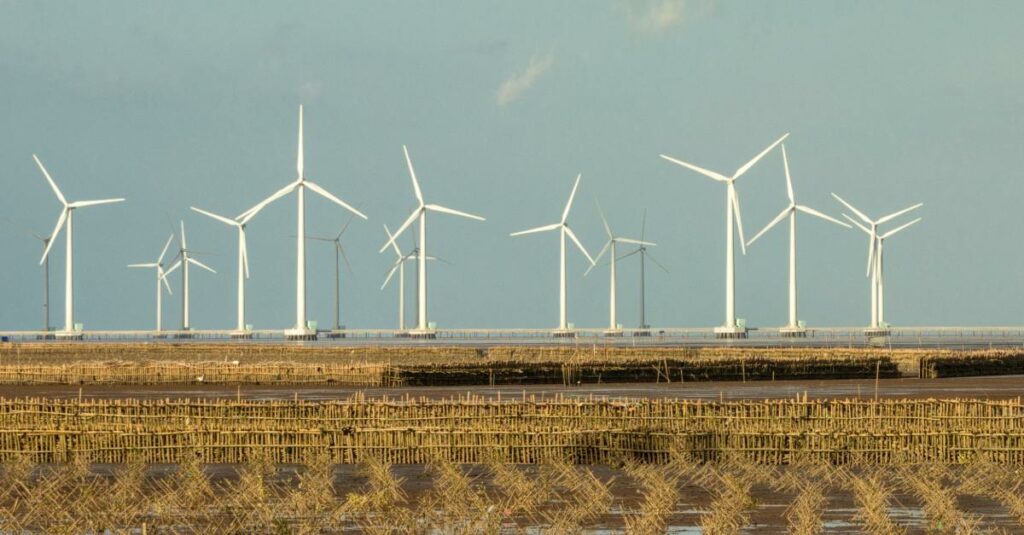


Excellent idea. I must think on it extensively.
Thanks for visiting our website and leaving your comment, Samual! We hope to hear from you again in our other posts.